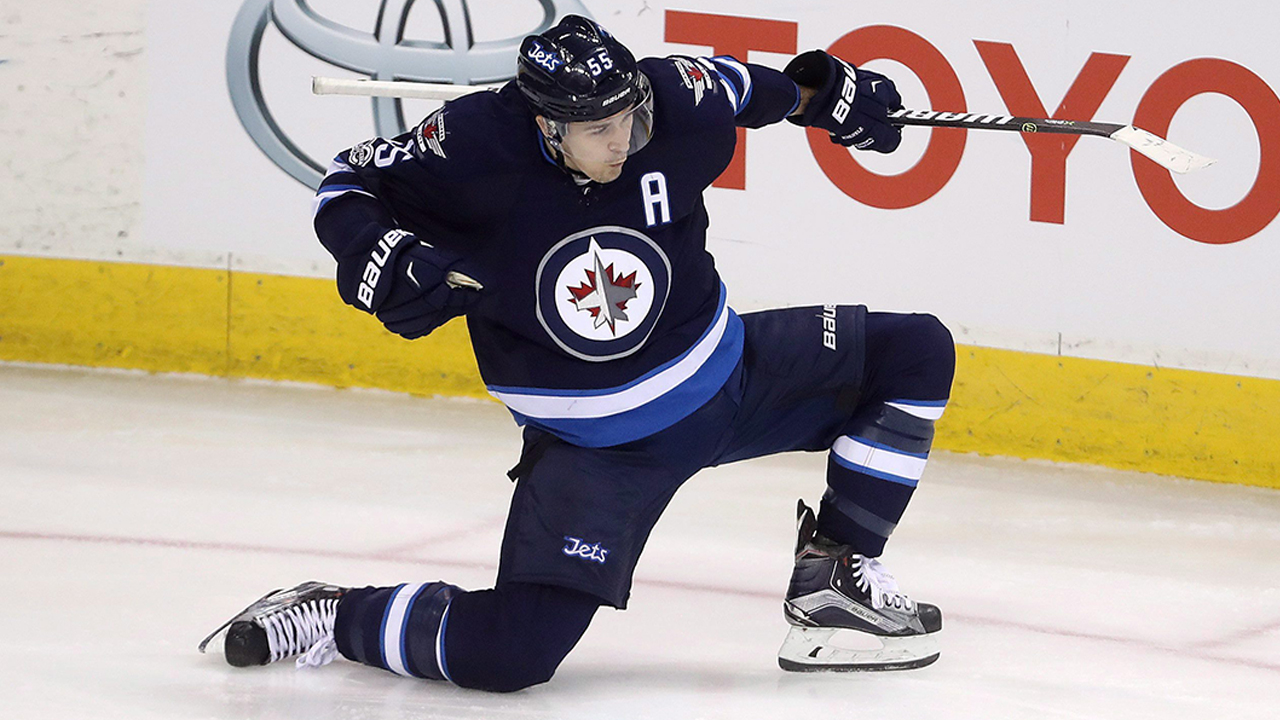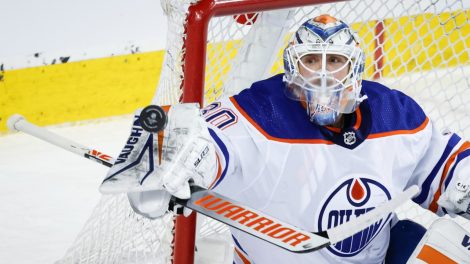Not too many things were fair about Patrik Laine’s rookie season.
When Laine’s every move wasn’t being compared to Auston Matthews, he was burdened with being branded as the second coming of Teemu Selanne. Being compared to a teenaged peer is somewhat fair, but being expected to be the Finnish Flash 2.0 is not. If you doubled Laine’s impressive 36-goal rookie season to 72, it would still be four goals shy of Selanne’s 76-goal berserker rampage as a rookie in 1992-93.
Let Teemu be Teemu and let Laine be Laine.
There is however a more fair comparison to make between a great Winnipeg Jet of today and one of the past.
Mark Scheifele vs. Dale Hawerchuk.
I haven’t written one of these Era Adjusted pieces in a while, so let’s quickly revisit what we’re trying to do here.
As you know, back in the 1980s there were a lot of goals in the NHL. By the early 2000s, scoring had dried up. Then, after scoring picked up again following the 2004-05 lockout, it has dried up yet again.
The result: You look at a some retired players’ incredible point totals from past eras and go, “Yeah, but keep in mind they played in the 1980s.”
Well, with a little simple math — and thank goodness it’s simple because I’m brutal at it — we can now adjust point totals from era to era.
HockeyReference.com (HR) tracks these era-adjusted stats and they’re such a fun rabbit hole to crawl down.
So, how does Mark Scheifele, one’s of the NHL’s brightest young centres today, compare to Dale Hawerchuk, whose prime was in the mid-1980s and is 30 years his senior?
Dale Hawerchuk was a beast from the moment he walked into the NHL, winning the 1982 Calder Memorial Trophy as the NHL’s rookie of the year with 45 goals and 103 points. He scored over 100 points in six of his first seven seasons. He also scored at least 40 goals in seven of his first eight seasons, including a career-high 53 goals in 1984-85 as a 21-year-old.
Mark Scheifele’s career got off to a different start. He only played a handful of games in each of his first two seasons before being sent back to the Ontario Hockey League’s Barrie Colts. His head coach in Barrie? Dale Hawerchuk.
Scheifele scored 0.54 points-per game as a rookie, 0.60 as a sophomore, 0.86 as a third-year player. This past season he was better than a point-per-game with 1.04 (82 points in 78 games).
“So what?,” you might ask. “Sure, 82 points is nice, but Dale Hawerchuk scored more than that 12 times.”
Here’s where the era-adjusted stats come into play.
Using HR’s era adjusted stats, Mark Scheifele’s 82 points suddenly become 90.
So how does Scheifele’s 90 points in his age-23 season compare to what Hawerchuk put up in his own age-23 season back in 1986-87?
When adjusting for era, Hawerchuk’s 100 points in 1986-87 drop to 85, five fewer than Scheifele put up last season.
Again – so what? Yes, Scheifele had one truly excellent season but that doesn’t make him better than Dale Hawerchuk, who scored over 1,400 career points in the NHL before he was all said and done. And while that’s certainly true, consider this: After adjusting for era, Hawerchuk scored 90 points or more just twice in his 16 seasons.
In other words, Mark Scheifele’s production last season was at a level that even Dale Hawerchuk had difficulty reaching at the same age.
Now, none of this means Scheifele will have a career as good or better than Hawerchuk’s.
What it does mean is that Scheifele had a heck of season last year, by any era’s standards.
Blake Wheeler has scored over 70 points in each of his past two seasons and Patrik Laine might be even more of a monster as a sophomore than he was as a rookie. With those two by his side, Scheifele could have another Hawerchuk-level season up his sleeve. That Jets power play is already looking pretty filthy.
I totally understand if era adjusted stats aren’t your cup of tea. Personally, I think players are best compared to their contemporaries. You could also argue that Scheifele has a better supporting cast than Hawechuk did. Hawerchuk often led the (old) Jets in scoring by 20 or 30 points. You might also note that era-adjusted stats don’t really account for how good or bad a player is defensively or how gritty they are.
Unless we figure out how to time travel and start plopping players from today into the middle of the 1980s, we’ll never really be able to definitely say who was better than who.
But until then, era-adjusted stats will continue to provide us all with something fun you to argue about with your hockey-loving parents.













